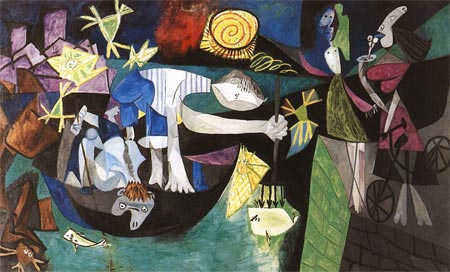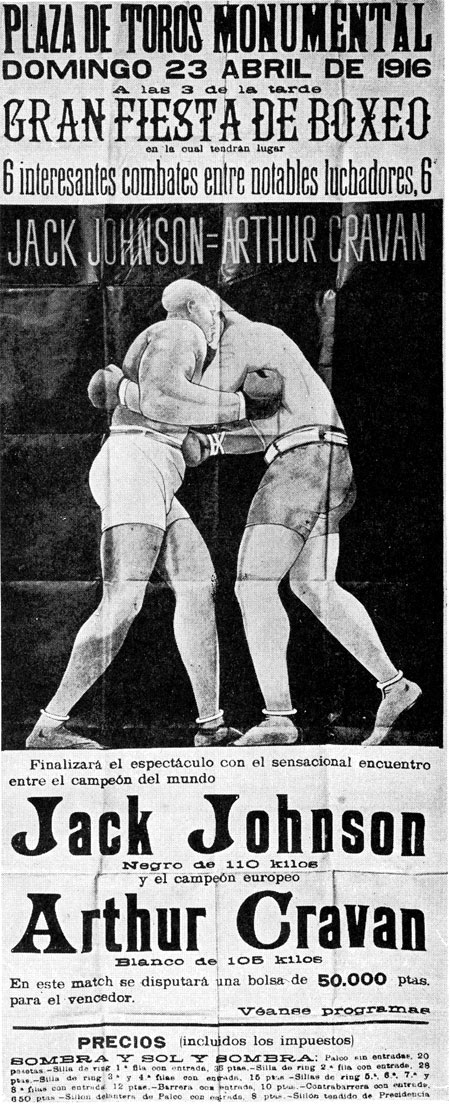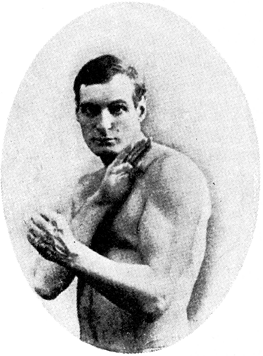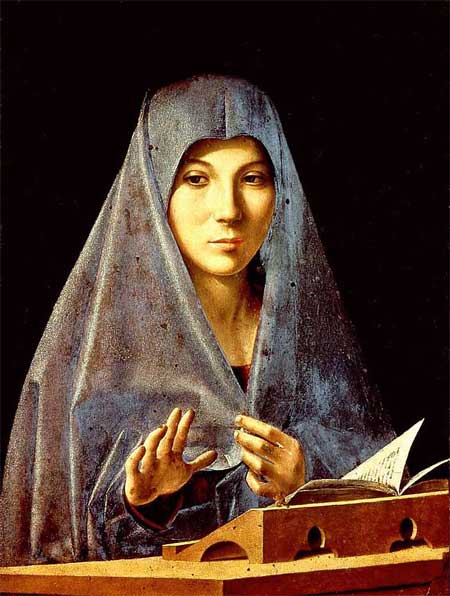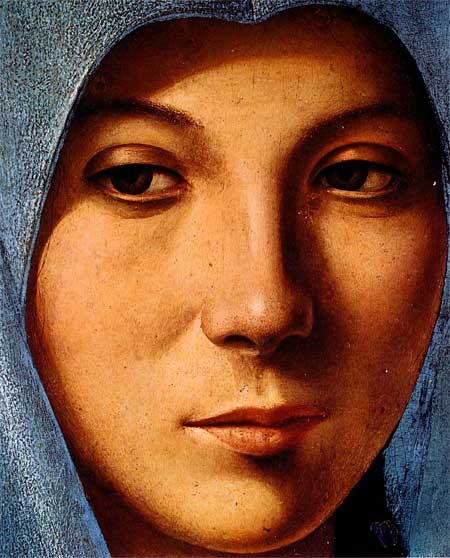Mel Bochner: (Laughs) I’ll tell you my Borges story. Dore [Ashton] invited him to give a talk at the School of Visual Arts in 1966, or ‘67, and every hip artist in New York was in the audience. Everyone was expecting to hear him talk about his own work, but instead, he delivered a talk on an obscure topic in Old Norse literature. It was so erudite that no one there had a clue what he was talking about. It was clearly deliberate on his part and a great piece of Surrealist theater. Anyway, there was a reception for him afterwards to which I was invited. As I was sitting in the living room he sat down on the sofa right next to me. I thought, here I am sitting next to Borges, this is probably the only chance I’ll ever have to meet him, I have to try to engage him in a conversation. Across the room from us was sitting a man who looked exactly like Claude Rains, the old English actor. Desperate to think of something, anything, to say, I turned to Borges and said, “That man over there looks very much like Claude Rains.” Borges replied disinterestedly, “Oh, really.” I forged ahead anyway, “It’s interesting because Claude Rains became a famous movie actor without ever having been seen, because the first movie he starred in was H.G. Wells’ The Invisible Man.” To which Borges responded, “Hmm.” But I was in too deep to turn around, so I continued, “Well, I know how much you admire H.G. Wells.” “No, I don’t,” he replied. Confused by his response, I said, “But I’ve read your writings on Wells, and I remember how much you admired Wells’ great short story “In the Valley of the Blind, the One-Eyed Man is King.” To which he replied, “Wells was a failure.” Totally baffled, I asked, “Why?” “For one example,” he said, “in the novel The Time Machine, the time machine is such a clumsy metaphor. It would have been so much more elegant if it had been a magic ring. If he had rubbed a magic ring and been transported through time.” “But,” I anwered, “a magic ring doesn’t make any sense in the context of a parable about the politics of technology.” “Oh no, a magic ring would have been much better,” Borges said, and with that he stood up and walked away.
Rail: So he got annoyed.
Bochner: I have no idea what it was about, because early on he had written so brilliantly, and so positively, about Wells. But the mystery, and what I still don’t understand to this day, was how he was able to just stand up and walk away, because, as you know, he was totally blind.
(From an interview with Mel Bochner by Phong Bui in the Brooklyn Rail.)
